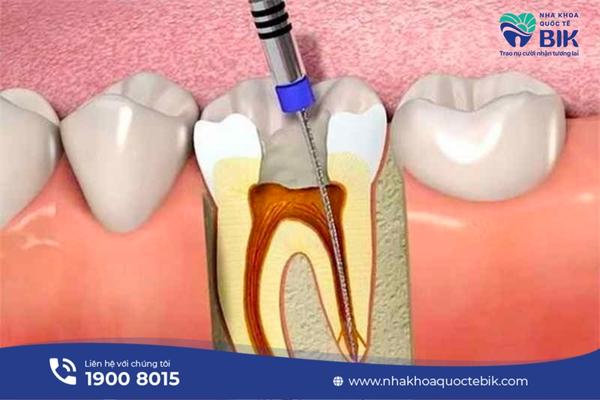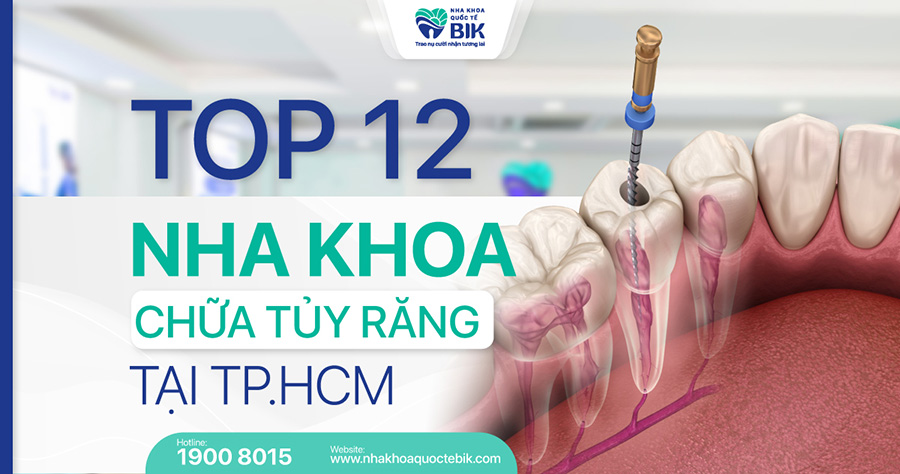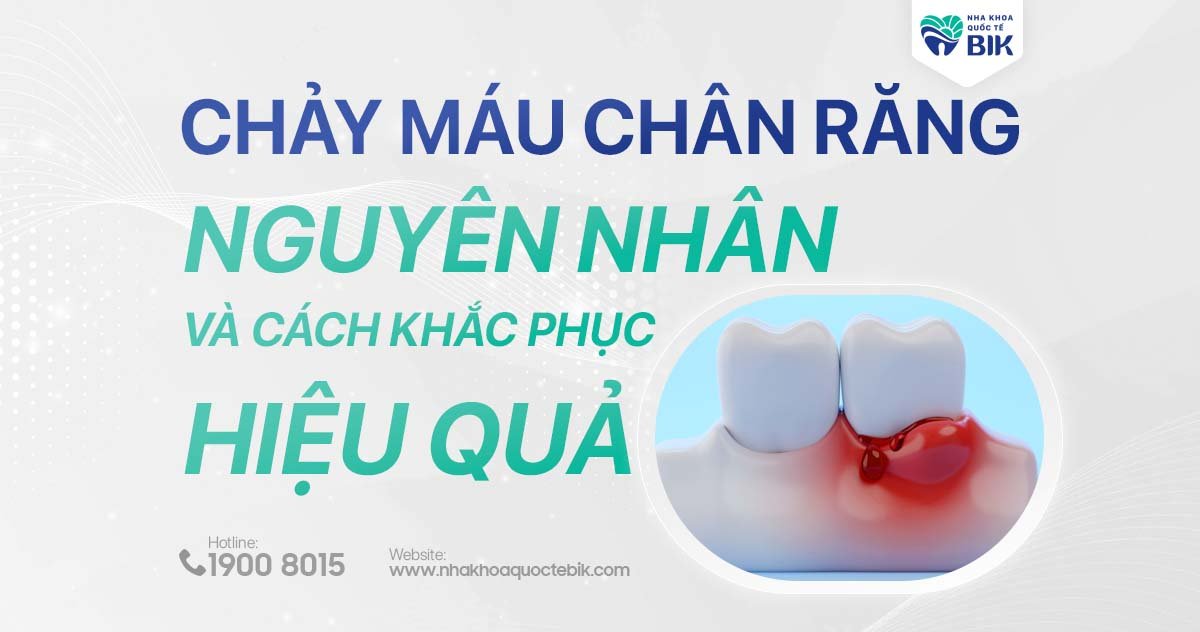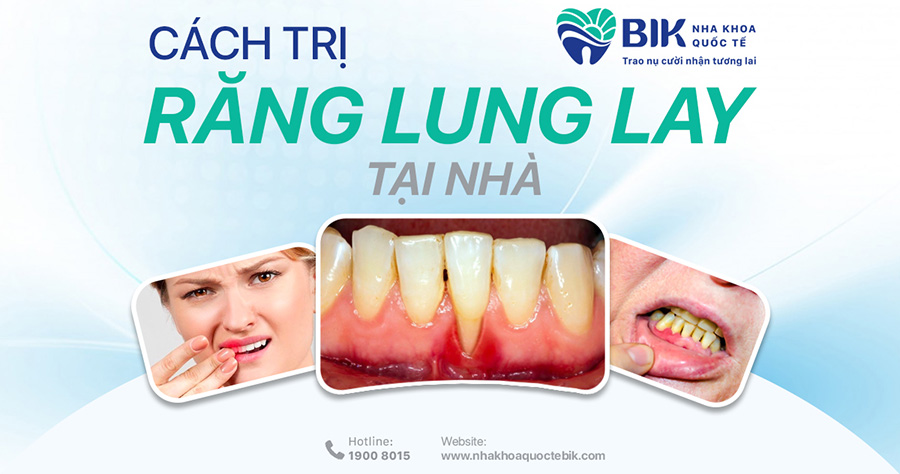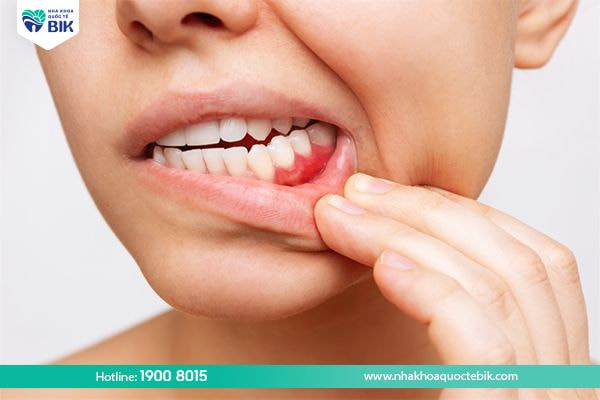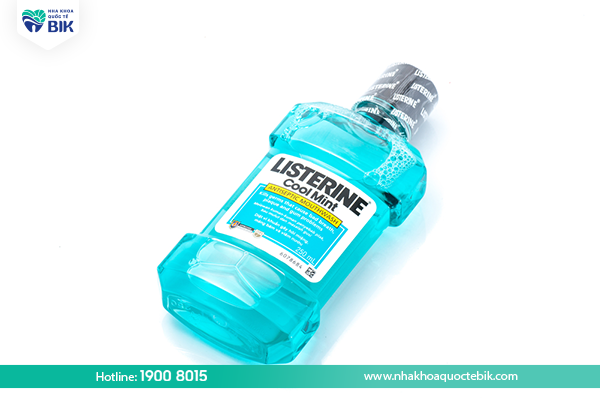Dental filling is a technique in which holes and gaps in the teeth are filled to increase the aesthetics and restore the function of the teeth. The filling process is quite quick and is a fairly common solution for mild tooth decay, the decayed tooth tissue will be scraped clean and specialized materials will be poured in to replace what has been removed.
1. What is dental filling?
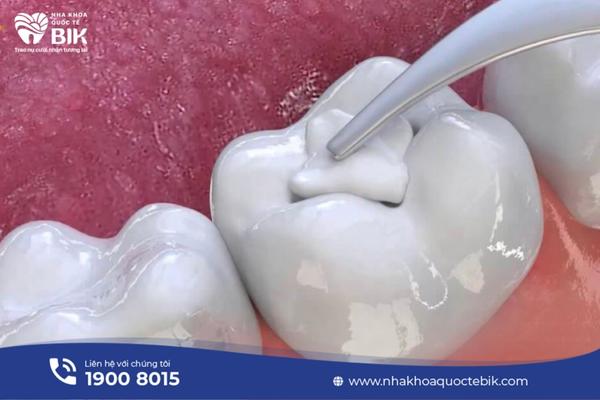
Dental filling is a fairly simple dental technique, the holes in the teeth will be filled with specialized materials. After filling, the tooth will have the same shape and function as before, without causing discomfort or hindering the chewing process.
2. When should you fill your tooth?
The tooth filling technique is often applied in the following cases:
2.1. Filling cavities
Tooth decay
is a common oral disease caused by absorbing too much sugar and starch that cannot be completely cleaned when cleaning teeth. The manifestation of tooth decay is the appearance of tiny black streaks on the tooth surface, bacteria in the black streaks will attack the tooth structure until the tooth is damaged and cannot be retained. If not treated early, the holes in the tooth will become larger and gradually spread around.
The method of filling cavities is often prescribed by doctors in cases where the tooth is only newly decayed and the cavity is small. To fill a cavity, the decayed tooth tissue must first be scraped clean, then the cavity will be filled with filling material.
2.2. Filling chipped teeth
Chipped teeth are often caused by accidents or having to endure strong mechanical force or biting something too hard that affects the structure of the tooth. Tooth filling is an effective method to cover up cracks and restore the aesthetics of the teeth.
2.3. Filling spaced teeth
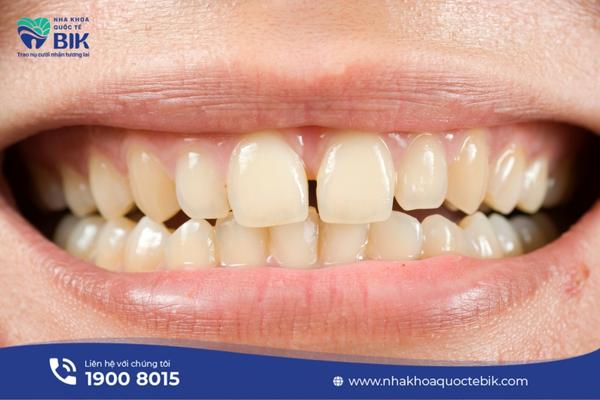
Spaced teeth is a condition in which the teeth are located far apart on the jaw, affecting the aesthetics of the entire face and especially the front teeth. Therefore, filling spaced front teeth is an aesthetic method to help the teeth become closer and more aesthetic. However, if the spaced teeth are too large, the filling will become large and unbalanced, so the method of filling spaced teeth is often indicated for cases where the gap between teeth is less than 2mm.
2.4. Dental fillings replace old fillings
The lifespan of fillings is not permanent, but over time they will peel off due to chewing activities and reactions in the oral cavity. At this time, it is necessary to re-fill the tooth to ensure that bacteria do not have the opportunity to invade and attack the tooth cavity again.
3. Commonly used dental filling materials
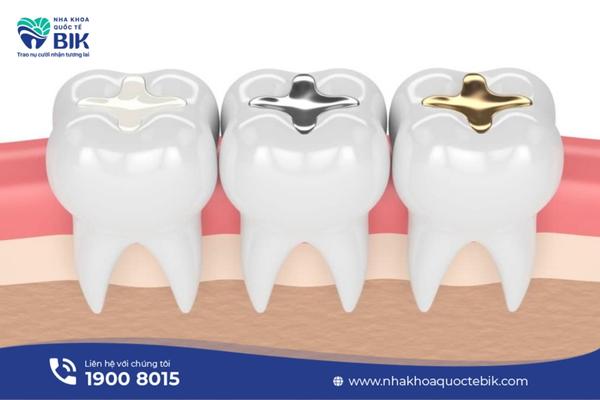
Each type of dental filling material will have its own advantages and disadvantages that match their price:
3.1. Gold dental filling materials
Using gold fillings or some other precious metals will increase the hardness of the filling.
– Advantages of gold: Gold metal not only has a luxurious color, wears out more slowly than other materials, but also has the ability to withstand much greater chewing force.
– Disadvantages: The cost of gold fillings is often quite high and the filling will take more time because the customer will have to visit the dentist about 2 times to complete the filling process.
3.2. Amalgam fillings
Amalgam is a mixture of silver, tin, zinc, copper and mercury (accounting for nearly 50%) with the color of silver flakes. This is a long-standing tooth filling material and has the lowest price currently.
– Advantages: Amalgam has a fairly high durability, up to 10-15 years, is cheaper than other materials and can withstand quite a lot of chewing force.
– Disadvantages: The color of the Amalgam piece does not match the color of real teeth, so it will cause the teeth to lose their aesthetic appeal and sometimes can also cause the surrounding tissues to turn gray. Because it contains mercury, many people are prone to allergies during use.
3.3. Porcelain tooth filling
Inlay – Onlay porcelain tooth filling is also a popular technique today, suitable for cases of large chipped teeth.
– Advantages: Porcelain tooth fillings have an average lifespan of up to 10 years and have the same color as real teeth, so they are very aesthetic. Besides, porcelain materials are also very resistant to dirt and corrosion.
– Disadvantages: Because of its outstanding advantages, porcelain materials have a fairly high cost.
3.4. GIC tooth filling
GIC material is considered artificial enamel, suitable for the condition of worn tooth necks or cracked, broken front teeth.
– Advantages: GIC is powdery white, relatively high aesthetic but not as good as Composite. Besides, GIC contains Fluoride to prevent tooth decay, preventing bacteria from re-entering the teeth.
– Disadvantages: Due to its poor resistance to wear and force, GIC is only used for front teeth, not for molars because it will cause difficulty when eating and drinking.
3.5. Composite dental filling material
Composite (dental composite resin) is a mixture of fine plastic and glass particles and is the most commonly used material today. Composite is often used to fill visible areas of the teeth to restore aesthetics.
– Advantages: Composite has an ivory white color that is quite similar to real teeth, so it will ensure aesthetics when used for dental fillings. This material has high biocompatibility with the body, so it is completely safe and benign.
– Disadvantages: Composite has the characteristic of gradually shrinking after filling, so small holes will gradually appear and the filling will only last about 5 years. Composite is also not able to withstand too much chewing force.
4. Direct tooth filling process

The direct tooth filling process is quite simple and only requires one visit to the dentist to complete the treatment. The process only takes about 20-30 minutes depending on the condition of the teeth and mouth.
4.1. General examination
First, the doctor will conduct a general examination of the tooth decay, determine the size and extent of the cavity, and advise on some materials used for filling the tooth.
4.2. Anesthesia
The oral cavity will be thoroughly cleaned before being locally anesthetized at the location that needs to be filled to avoid the risk of infection. In the case of tooth decay, the decayed tooth tissue will be thoroughly scraped off before filling the tooth.
4.3. Filling the tooth
The material used for filling the tooth will be poured into the hole that needs to be filled. Initially, the material will be in liquid form, after about 40 seconds of laser irradiation, it will harden due to photopolymerization reaction.
4.4. Polishing
The doctor will remove excess filling material and polish the surface so that the filling does not cause discomfort or bumps.
5. Indirect dental filling process

Indirect dental filling process is also known as Inlay-Onlay dental filling process. This is a completely modern dental filling process that helps to minimize the gap between tooth tissue and the filling:
5.1. General examination
First, the doctor will conduct a general examination of the tooth decay, determine the size and extent of the cavity, and advise on some materials used for filling the tooth.
5.2. Anesthesia
The oral cavity will be thoroughly cleaned before being locally anesthetized at the location that needs to be filled to avoid the risk of infection. In the case of tooth decay, the decayed tooth tissue will be thoroughly scraped off before filling the tooth.
5.3. Taking a dental impression
The doctor will take a dental impression using specialized materials to shape the filling according to the shape and size of the cavity.
5.4. Attaching the filling
Usually the filling will be finished after just a few days. At this time, the doctor will fix the filling into the hole with specialized cement.
6. Problems after tooth filling
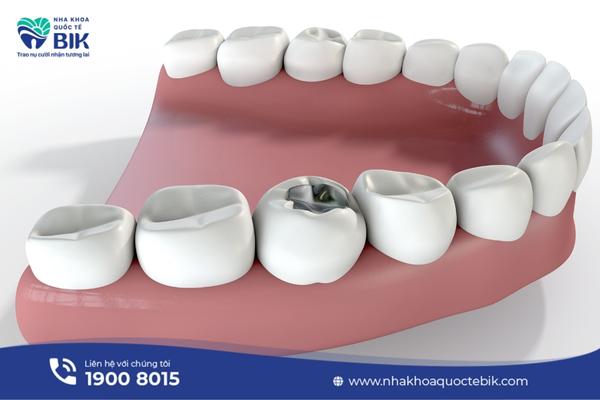
Tooth filling and the technique are quite simple and commonly applied, but there can still be some side effects after filling:
6.1. Tooth becomes sore and sensitive
After the filling, the tooth may be quite sensitive to food or temperature. This condition will stop after only a few weeks and you will not need to use pain medication. In addition, the tooth and gum area around the newly filled area may also be a bit sore and sensitive. This happens because the newly filled tooth transmits pain signals to neighboring teeth and the pain will go away on its own after 1-2 weeks.
6.2. Not compatible with filling material
Some people will experience an allergic reaction to dental filling materials. An allergic reaction to Amalgam is entirely possible due to mercury or some metals in the mixture. The symptoms of the allergy are similar to skin allergies such as rashes and itching. In this case, you should see a doctor for treatment as well as changing the filling material.
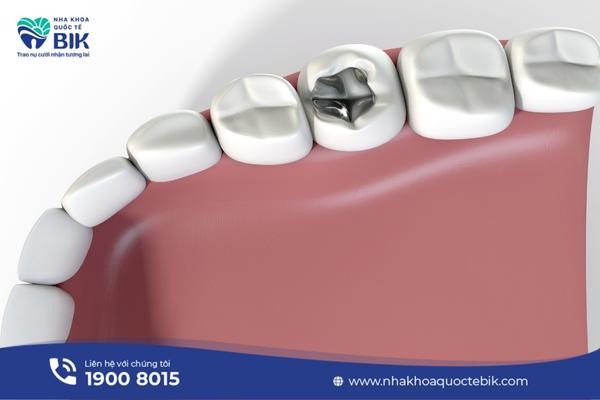
6.3. Chipped fillings
If fillings are not properly filled, they can easily chip or crack when subjected to constant pressure from chewing. If the filling breaks, food particles and bacteria will have the opportunity to penetrate, increasing the risk of tooth decay or possibly leading to pulpitis or tooth abscess if not detected promptly.
7. Dental care after filling
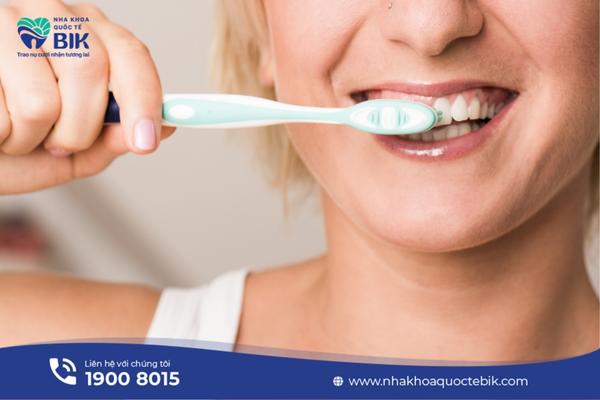
Proper dental care is needed to prolong the life of the filling:
7.1. Oral hygiene
Brush your teeth twice a day with a soft-bristled toothbrush with moderate force to avoid wearing out the filling. Use dental floss and mouthwash to remove food debris between teeth to prevent the growth of bacteria.
7.2. Diet
Do not eat or drink anything within the first 2 hours after filling so that the filling material can reach the appropriate hardness and adapt to the tooth. If you choose Amalgam fillings, you should avoid tough, hard foods for at least 2 days and limit the use of foods that are too hot or too cold to avoid tooth sensitivity.
Tooth filling is a fairly simple and popular dental service that you can find at any large or small dental facility. However, to ensure the quality of tooth filling, you should find experienced, highly qualified doctors along with a reputable dental facility equipped with modern technology. If you are interested in tooth fillings, you should go directly to BIK International Dental Clinic to be examined by a doctor, have an X-ray and receive a 100% free consultation.

